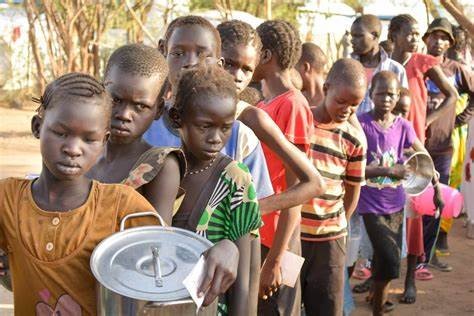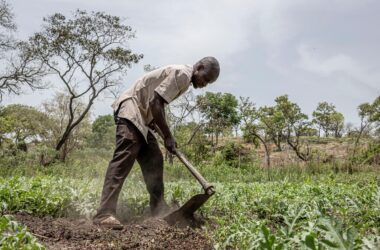By Sasuk Taban
About nine million people, including 4.9 million children, 2.2 million women, and 1.4 million individuals with disabilities are in dire need of humanitarian assistance, according to the latest UNICEF’s 2024 Humanitarian Action for Children report.
The report cites multiple compounding factors driving the crisis, including ongoing conflict, insecurity, disease outbreaks, protracted flooding, heatwaves, and the destabilizing impact of the conflict in neighboring Sudan on South Sudan’s economy.
These spilling crises are rapidly exacerbating vulnerabilities, especially among children.
“In 2024, more than 60 per cent of the population is expected to be acutely food insecure, and 2 million lactating women and children under age 5 are expected to suffer from wasting,” UNICEF stressed
Despite the dire situation, UNICEF’s humanitarian strategy aims to prioritize the most acute needs and complement development and resilience-building programs.
This involves working through community structures and partnerships, with a focus on localized, adaptive responses that strengthen local systems and accountability to affected populations.
However, the organization faces significant challenges, including a 50 percent reduction in donor humanitarian contributions. UNICEF requires $252.5 million to meet the basic and life-saving needs of those affected, including providing primary health care services to 720,000 people, treating 397,292 children with severe wasting, and ensuring 82,500 children and caregivers access community-based mental health and psychosocial support.
The report also highlights the complex political environment in South Sudan, with attention focused on fulfilling the Revitalized Agreement on the Resolution of the Conflict and preparing for the country’s first elections in December 2024.
This fragile context further exacerbates the humanitarian crisis, with widespread displacement, food insecurity, and limited access to essential services.
“Nine million people, including 4.9 million children, will require humanitarian assistance, 15 per cent of whom have a disability,” the report states.
“Political instability, violence, widespread flooding, and disease outbreaks are compounding the complex, chronic needs of the most vulnerable people, especially children.”
The report paints a grim picture of the situation in the country, with livelihoods severely impacted, education disrupted, and access to critical services like water, sanitation, and health hampered.
The crisis has also led to a displacement crisis, with 2 million people internally displaced and over 620,000 individuals, including 161,699 girls and 160,425 boys, having crossed into South Sudan from neighboring Sudan since April 2023.
Addressing this multifaceted humanitarian emergency will require a coordinated, well-resourced, and sustained response from the international community, as South Sudan faces the prospect of a complex and challenging year ahead.




